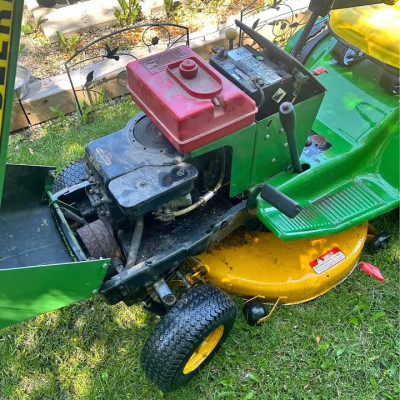How to Store Fruits and Vegetables Properly to Maintain Freshness: Tips for Leafy Greens and More
Maintaining the freshness of fruits and vegetables is key to enjoying their full flavor and nutritional benefits. Proper storage not only extends their shelf life but also helps in preserving their texture, taste, and appearance. Whether it’s leafy greens or other produce, understanding the right storage methods can make a significant difference. This guide provides practical tips on how to store fruits and vegetables to keep them fresh for longer.
General Tips for Storing Fruits and Vegetables
1. Understand Ethylene Gas
Certain fruits, like apples and bananas, produce ethylene gas, which can accelerate the ripening of other fruits and vegetables. To prevent premature ripening or spoilage, store ethylene-producing fruits separately from other produce.
2. Store at the Right Temperature
Different fruits and vegetables have different temperature needs. Generally, most fruits should be stored at room temperature until ripe and then refrigerated to prolong freshness. Vegetables, on the other hand, typically last longer when stored in the refrigerator.
3. Use the Right Storage Containers
Ventilated containers or perforated plastic bags can help maintain airflow and prevent excess moisture, which can lead to spoilage. For leafy greens and herbs, consider using produce keepers designed to regulate humidity.
4. Avoid Washing Before Storage
Washing produce before storage can introduce excess moisture, leading to mold and decay. Instead, wash fruits and vegetables just before consumption.
Storing Specific Types of Produce
1. Leafy Greens
Storage Method: Place leafy greens (like spinach, kale, and lettuce) in a clean, dry paper towel to absorb moisture, then store them in a perforated plastic bag or an airtight container in the crisper drawer of your refrigerator.






